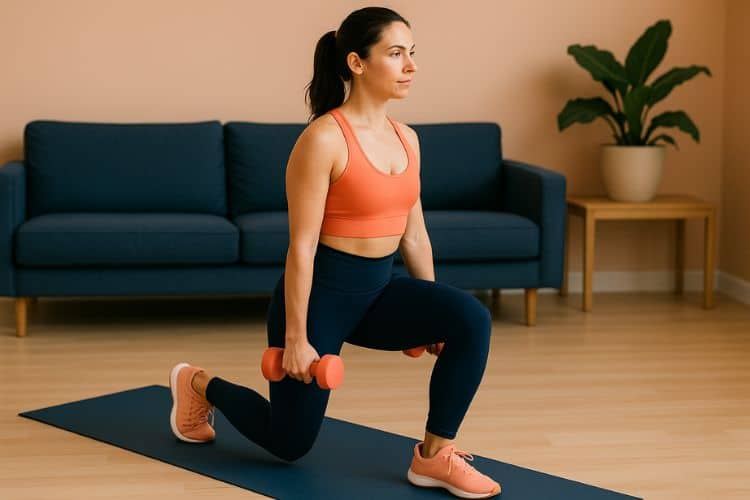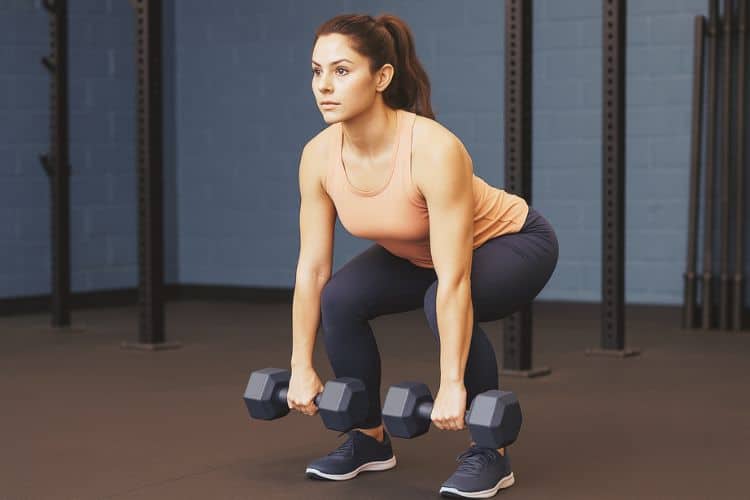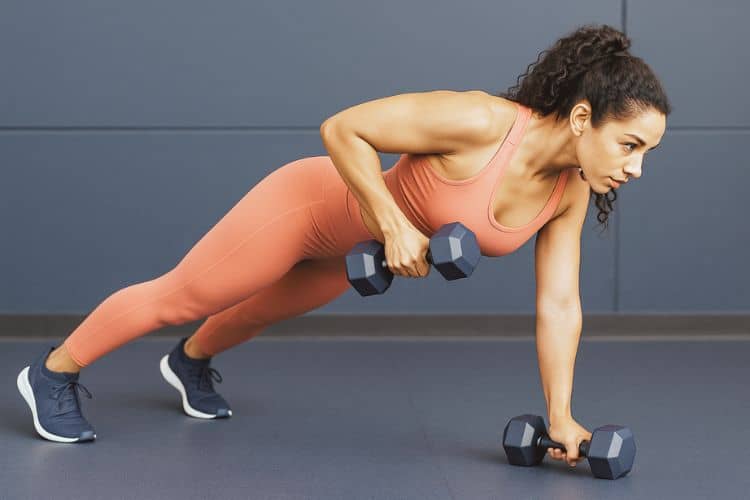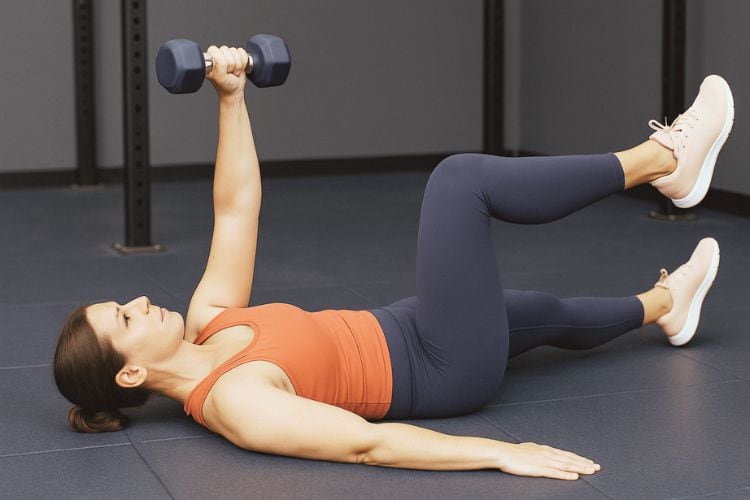Sign up for workout ideas, training advice, reviews of the latest gear and more.






In today’s fast-paced world, full body circuit gym workouts offer the perfect solution for anyone looking to maximize results in minimal time. Combining strength training with cardiovascular intensity, this style of training targets multiple muscle groups in one efficient session. Whether you’re aiming to build muscle, lose fat, or improve endurance, full body circuits can take your fitness to the next level.
In this comprehensive guide, we’ll explore the benefits of full body circuit training, provide workout structures, tips for progression, and sample routines suited for all fitness levels.
A full body circuit workout is a training style where you perform a series of exercises targeting all major muscle groups in sequence with little to no rest between them. After completing the circuit, you take a short break and repeat it for a set number of rounds.
Circuit training is ideal for people with tight schedules. In under 45 minutes, you can complete a session that incorporates strength, cardio, and muscular endurance.
Combining resistance exercises with cardio keeps your heart rate high and promotes EPOC (excess post-exercise oxygen consumption), helping you burn calories even after the workout.
Because there’s little rest, your cardiovascular system is constantly engaged, improving endurance and heart health.
Rather than focusing on one muscle group, you activate all the major areas: chest, back, arms, legs, shoulders, and core.
The dynamic nature of circuits makes workouts more engaging, reducing mental fatigue and encouraging consistency.
A well-designed full body circuit includes 5–8 exercises, each targeting a different muscle group or movement pattern. Here’s a sample structure:
Reps: 12–15 per movement
Rounds: 3–5 rounds
Rest: 30–60 seconds between rounds
Mix and match based on your goals. For strength, use heavier weights. For endurance, incorporate more cardio elements.
| Exercise | Reps |
|---|---|
| Goblet Squats | 15 |
| Dumbbell Chest Press | 12 |
| Assisted Pull-Ups or Lat Pulldown | 10 |
| Jump Rope or Fast Walk (1 min) | — |
| Plank Hold | 30 sec |
| Dumbbell Rows | 12 each side |
| Step-Ups (Bodyweight) | 12 each leg |
Rest 60 seconds between rounds.
Goal: Learn form, build stamina, and develop full-body strength.
| Exercise | Reps |
|---|---|
| Barbell Back Squats | 12 |
| Incline Dumbbell Press | 10 |
| Cable Rows | 12 |
| Kettlebell Swings | 20 |
| Bicycle Crunches | 20 each side |
| Dumbbell Lunges | 10 each leg |
| Battle Ropes (optional) | 30 sec |
Rest 30–45 seconds between rounds.
This circuit challenges strength, coordination, and endurance. Increase weights as you progress.
| Exercise | Reps |
|---|---|
| Deadlifts | 8–10 |
| Barbell Thrusters | 12 |
| Pull-Ups | Max reps |
| Box Jumps | 15 |
| Hanging Leg Raises | 15 |
| Renegade Rows | 12 each side |
| Sled Push or Row Machine | 1 min |
Rest only after a full round—about 1 minute.
This high-intensity structure builds serious strength, burns fat, and demands peak performance.
Monday – Strength Focus Circuit
Wednesday – Conditioning Circuit
Friday – Mixed Mode Circuit
This split allows muscle recovery and prevents overtraining.
Spend 5–10 minutes warming up with dynamic stretches and light cardio to prevent injury.
Quality over quantity. Use proper technique, especially under fatigue.
Add weight, reps, or reduce rest time to continually challenge your body.
Circuit training can deplete fluids fast—sip water between rounds.
Use a fitness app or notebook to log progress and identify improvement areas.
Fueling your body right is essential to maximize gains and recovery.
Drink at least 2–3 liters of water daily and include electrolytes if sweating heavily.
Correcting these can dramatically improve your results.
Full body circuit gym workouts are one of the most efficient and effective ways to train. Whether you want to lose weight, gain muscle, or enhance your fitness level, this training style can deliver powerful results. It’s adaptable, scalable, and ideal for beginners and advanced athletes alike.
The key is consistency, progression, and proper recovery. Integrate circuit training into your weekly routine, and you’ll see improvements not just in your physique, but in energy levels, athletic performance, and overall health.
2–4 times per week is ideal. Allow rest or light activity days in between.
Yes, especially if you lift moderate to heavy weights and progressively overload.
Absolutely. Start with bodyweight or light dumbbells and focus on mastering form.
They overlap, but circuit training often includes resistance work, while HIIT focuses more on cardio intervals.
Don’t wait to unlock your full potential. With just 3–4 sessions a week, full body circuit gym workouts can transform your strength, stamina, and shape. Combine them with proper nutrition, rest, and progression for sustainable, long-term results.
Want more effective workouts?
Subscribe to our blog or follow us on Pinterest for new routines, challenges, and fitness tips!
Stay up to date on the latest women’s health, fitness and lifestyle trends and tips.